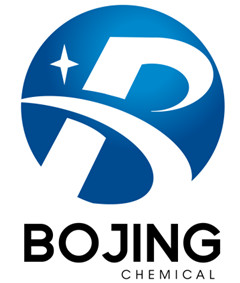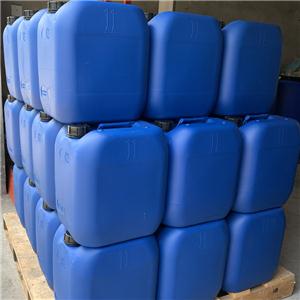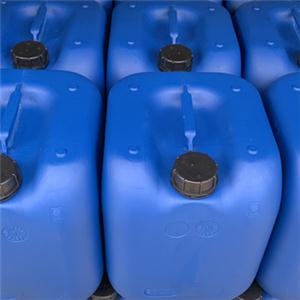Application: 1. Treatment of oily wastewater Oily wastewater mainly refers to the large amount of extracted water from oil fields, oily wastewater from oil refineries and petrochemical plants, and oily wastewater from tanker and vehicle cleaning. PAC and modified cationic polyacrylamide are used together to treat oily wastewater by coagulation, sedimentation and filtration, which has very good treatment effect. The relative molecular weight of modified cationic polyacrylamide should not be too high, and easy to compound with PAC to achieve the desired effect.
2. Paper industry wastewater treatment paper industry wastewater discharge, which accounts for a large proportion of water, and many paper enterprises black liquid after pretreatment (anaerobic, strong acid treatment, cellulose separation, neutralization, etc.) is also mixed into the middle section of water together with treatment.
3. Application in washing wastewater treatment Washing wastewater contains a large number of surfactants. Surfactant acts with oil and dirt particles to form negatively charged colloidal particles, which can exist in the water relatively stably. The addition of PAC in the washing wastewater will produce a large number of positively charged cations and hydroxyl bridges to form multinuclear highly charged complex ions, which have strong adsorption and electric neutralization ability and compressed double electric layer ability on the surface charge of suspended colloidal particles, resulting in the destabilization of colloidal particles, and finally the formation of highly polymerized hydroxides to adsorb and precipitate the pollutants and separate them from the water body.
4.Application in printing and dyeing wastewater treatment printing and dyeing wastewater with high COD, color and pH, dosing coagulation is a common method for its treatment. pac although good coagulation effect, low dosage required, but pac on printing and dyeing wastewater high alkalinity neutralization ability is poor, the application is somewhat limited. Traditional coagulant Al2(SO4)3 hydrolysis produces H+ which can neutralize alkali in printing and dyeing wastewater and has strong neutralizing ability to alkalinity. The research proves that by using these two coagulants together, the treatment of printing and dyeing wastewater can reduce the treatment cost and improve the treatment effect by using the complementary advantages of both and the synergistic effect of the same ion effect.
5.Application in machining wastewater treatment Emulsions are commonly used in machining processes as cooling, lubricating, cleaning and rust preventive agents to improve the quality of products. In the process of using emulsion, the emulsion gradually turns from milky white to grayish black and becomes smelly when it is exposed to bacteria, microorganisms, high temperature and selective adsorption of metal abrasive chips.

 China
China




